Enhancing Collaboration and Communication through 3D Model Drafting
In the realm of design and engineering, effective Collaboration and Communication through 3D Model Drafting are crucial for successful project outcomes. Traditional 2D drawings and blueprints have long been the standard, but the advent of 3D model drafting has revolutionized the way professionals collaborate and communicate. In this article, we will explore the benefits of using 3D models to enhance collaboration and communication among project stakeholders. We will delve into how 3D models facilitate better understanding, streamline decision-making processes, and foster efficient teamwork.
the benefits of using 3D models to enhance collaboration and communication
- Visual Clarity and Realism: One of the significant advantages of Collaboration and Communication through 3D Model Drafting is the enhanced visual clarity and realism it provides. Unlike 2D drawings, 3D models offer a three-dimensional representation of the design, enabling stakeholders to visualize the project more accurately. This visual clarity eliminates ambiguity and aids in better comprehension of the design intent, reducing the chances of miscommunication and errors.
- Streamlined Design Reviews and Feedback: With 3D models, Collaboration and Communication through 3D Model Drafting becomes more efficient during design reviews and feedback sessions. Stakeholders can explore the model from various angles, zoom in on specific areas, and easily identify potential issues or improvements. This interactive experience allows for more meaningful discussions, as everyone can grasp the design concept more effectively. Collaborators can provide specific feedback on particular design elements, leading to faster iterations and decision-making.
- Clash Detection and Conflict Resolution: 3D models enable the detection of clashes and conflicts between different building systems, such as structural, mechanical, electrical, and plumbing. By integrating these systems within the model, clashes become visually apparent, making it easier to identify and resolve them before construction. This proactive clash detection saves time, minimizes rework, and enhances overall project coordination.
- Virtual Walkthroughs and Simulations: With 3D models, stakeholders can take virtual walkthroughs of the design, providing a realistic sense of space, scale, and proportions. This immersive experience allows for a better evaluation of spatial arrangements, interior layouts, and aesthetic elements. Additionally, simulations can be conducted to test different scenarios, such as lighting, acoustics, or material performance, further aiding in decision-making and problem-solving for Collaboration and Communication through 3D Model Drafting.
- Improved Communication with Non-Technical Stakeholders: 3D models facilitate better communication with non-technical stakeholders, such as clients, investors, or regulatory authorities. These visual representations eliminate the need for extensive technical knowledge, making it easier for everyone to grasp the design concept. By presenting the design in a realistic and visually appealing manner, 3D models help build trust, promote engagement, and gain approval from these stakeholders.
- Collaboration across Remote Teams: In an increasingly interconnected world, collaboration often extends beyond physical boundaries. 3D models enable seamless collaboration among remote teams, reducing the need for in-person meetings. Stakeholders from different locations can access the model, provide feedback, and make contributions in real time. This improves efficiency, reduces travel costs, and enables a more diverse and inclusive team environment.
- Integration with Project Management Software: Collaboration and Communication through 3D Model Drafting can be integrated with project management software, further enhancing collaboration and communication. This integration allows for centralized document management, version control, and task assignment. Changes made to the model can be automatically updated in project schedules and timelines, ensuring all stakeholders are working with the most up-to-date information.
- Establish Clear Communication Protocols: Define clear communication protocols and channels among project stakeholders. Determine the frequency and format of project updates, progress reports, and feedback sessions. This helps ensure that information is shared effectively and everyone is on the same page.
- Encourage Open Dialogue: Foster an environment that encourages open dialogue and constructive feedback. Create a culture where team members feel comfortable expressing their opinions, raising concerns, and proposing solutions. This promotes collaboration, innovation, and continuous improvement.
- Use Markup and Annotation Tools: Take advantage of markup and annotation tools within the 3D modeling software. These tools allow stakeholders to add comments, mark specific areas of interest, and suggest design modifications directly to the model. This visual feedback streamlines Collaboration and Communication through 3D Model Drafting in conveying design intent.
- Implement Version Control: Establish a version control system to manage revisions and updates to the 3D model. This ensures that everyone is working with the latest version, minimizes confusion, and prevents conflicting modifications. Maintain a record of revisions to track the evolution of the design.
- Document Decisions and Changes: Document decisions made during design reviews and incorporate them into the 3D model documentation. This provides a historical record of design changes, rationales, and agreements. It helps maintain transparency and facilitates future reference.
- Facilitate Collaboration with Cloud-Based Platforms: Utilize cloud-based collaboration platforms that allow multiple stakeholders to access and work on the 3D model simultaneously. These platforms enable real-time collaboration, track changes, and provide a centralized repository for project documents and discussions to Collaboration and Communication through 3D Model Drafting,
- Conduct Regular Coordination Meetings: Schedule regular coordination meetings to discuss project progress, address challenges, and resolve conflicts. These meetings bring stakeholders together to ensure alignment, identify interdependencies, and make informed decisions. Encourage active participation and promote problem-solving discussions.
- Embrace Virtual Reality (VR) and Augmented Reality (AR): Explore the use of VR and AR technologies to enhance Collaboration and Communication through 3D Model Drafting. These immersive technologies allow stakeholders to experience the 3D model in a more interactive and realistic manner, facilitating better understanding and engagement.
- Provide Training and Support: Offer training and support to stakeholders involved in the use of 3D model drafting. Ensure that team members have the necessary skills to navigate the software, understand the functionalities, and effectively communicate their ideas through the model. Continuous training and support improve efficiency and collaboration.
- Emphasize Data Security: Implement robust data security measures to protect Collaboration and Communication through 3D Model Drafting and associated project information. Use secure file-sharing platforms, enforce access controls, and regularly back up project data to prevent data loss or unauthorized access.
Collaboration and Communication through 3D Model Drafting
In today’s fast-paced and interconnected world, effective Collaboration and Communication through 3D Model Drafting are vital for successful project execution. The use of 3D models in drafting offers numerous benefits, including visual clarity, streamlined design reviews, clash detection, virtual walkthroughs, improved communication with non-technical stakeholders, remote collaboration, and integration with project management software. By leveraging these advantages, professionals can enhance teamwork, reduce errors, accelerate decision-making processes, and ultimately deliver better project outcomes. Embracing 3D model drafting is a step towards a more efficient and collaborative future in the design and engineering industries.




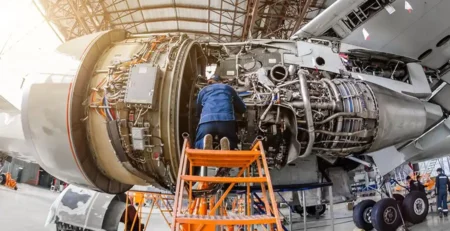







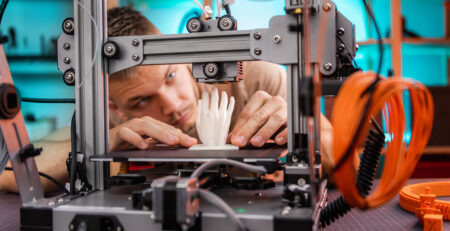







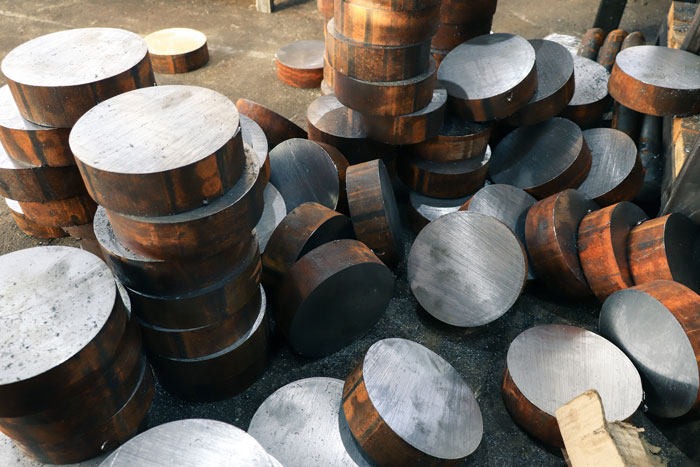
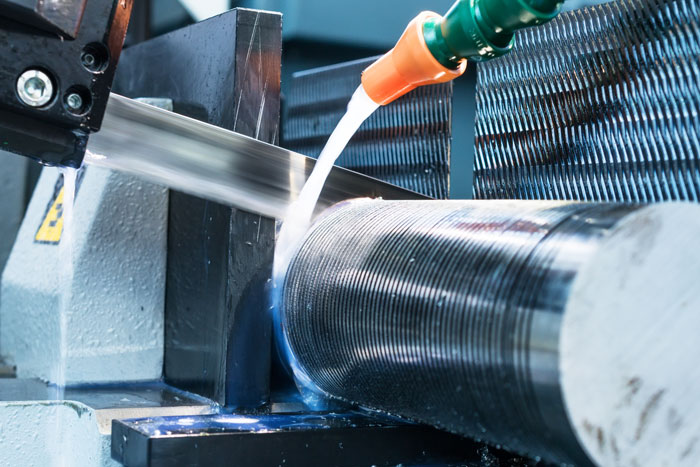





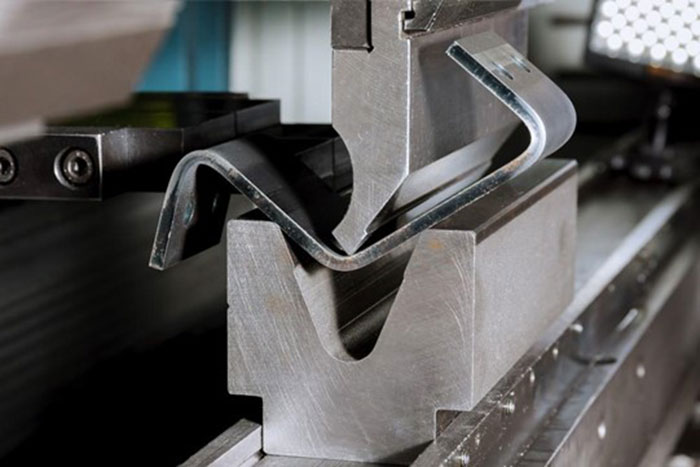

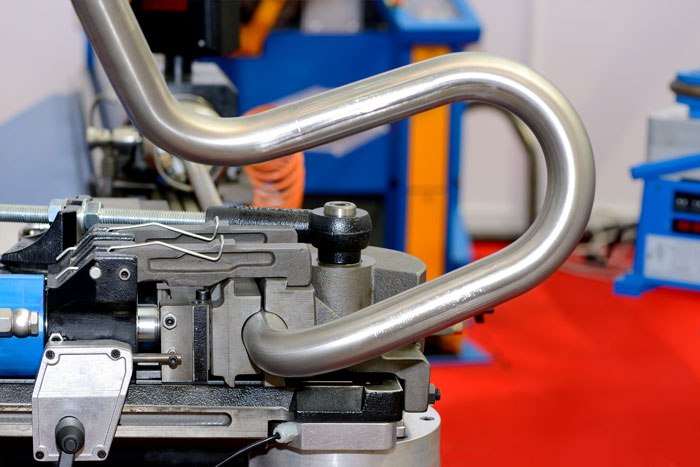

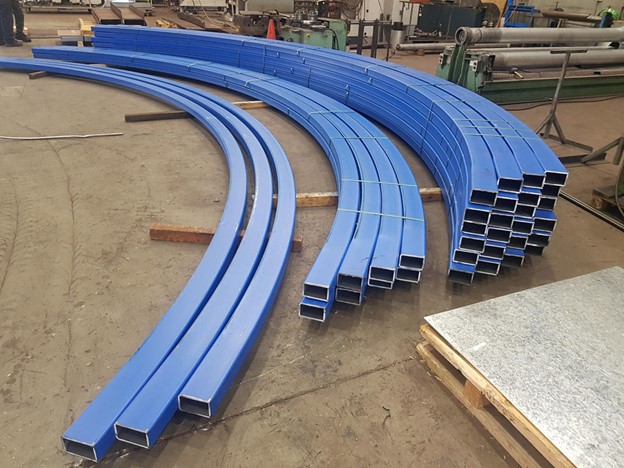




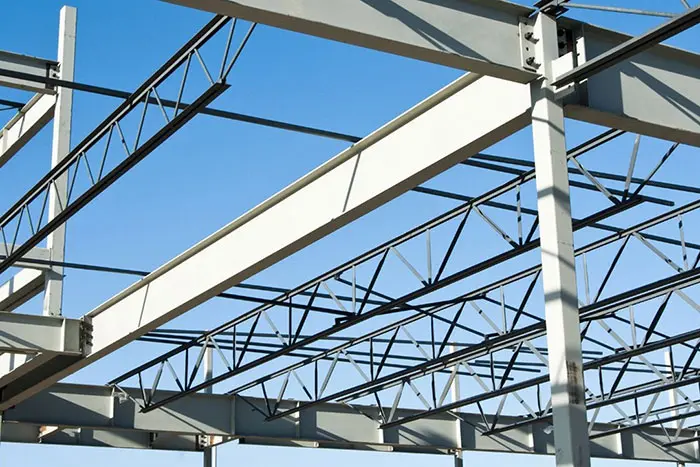

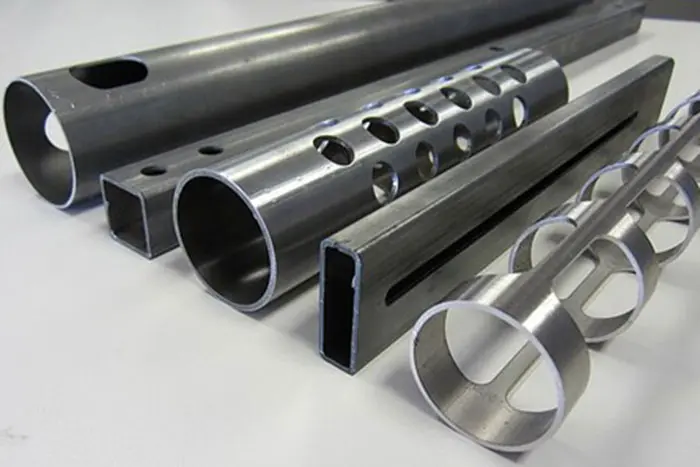











Leave a Reply